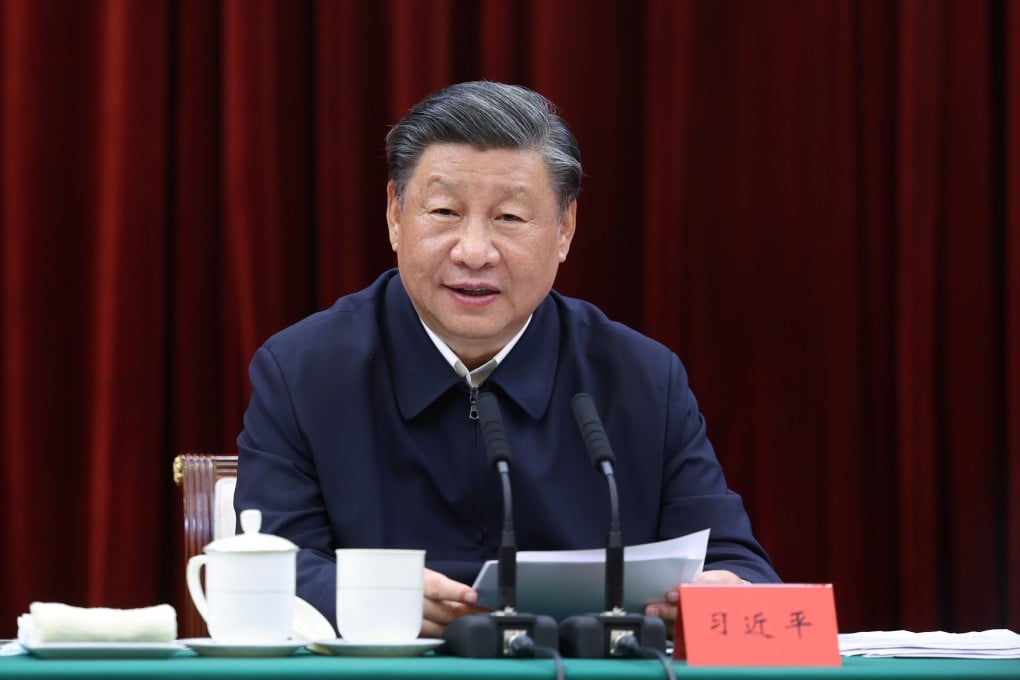Xi Jinping tells China’s biggest economic zone to ‘balance growth and security’ – and no more mega projects
- Officials tasked with developing regions along the Yangtze River Economic Belt told to ‘take the long view’ while balancing ecological conservation with economic growth
- President Xi’s repeated emphasis on national security could portend the lack of a large-scale stimulus before a key economic meeting of the Communist Party

President Xi Jinping wants to see a stronger push to develop China’s largest economic zone – the Yangtze River Economic Belt – with an emphasis on not only high-quality and green growth, but also security.
The region, which covers 11 provinces and municipalities along the world’s third-longest river, needs to take a long-term perspective on ecological conservation and economic growth, Xi said on Thursday at a high-level meeting in Jiangxi, one of the participating provinces.
Instead of striving to achieve short-term results amid China’s complex economic problems, Xi instructed officials to “take the long view, make long-term strategies, and safeguard long-lasting security” at the meeting attended by high-ranking officials, including three other Politburo members, Xinhua reported.
Localities under the Yangtze belt should “balance growth and security, and play a bigger role in protecting national security in terms of food, energy, key industry chains, and water”, Xi was quoted as saying at the meeting.
Xi’s repeated emphasis on national security came as hopes appear to be fading that Beijing will roll out a large-scale stimulus before a key autumn meeting of the Communist Party.